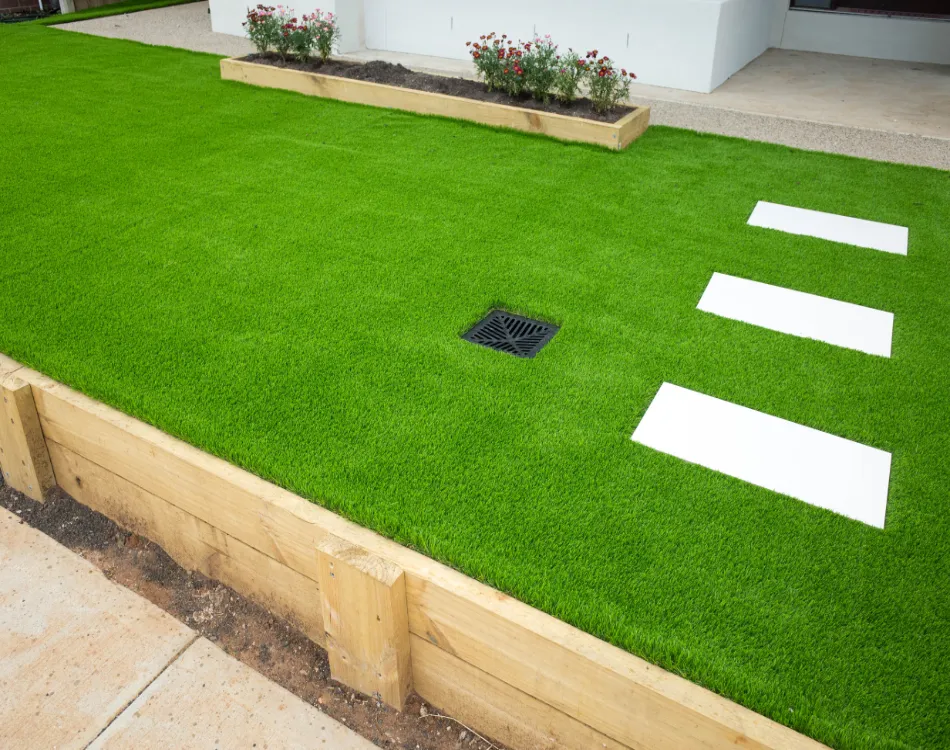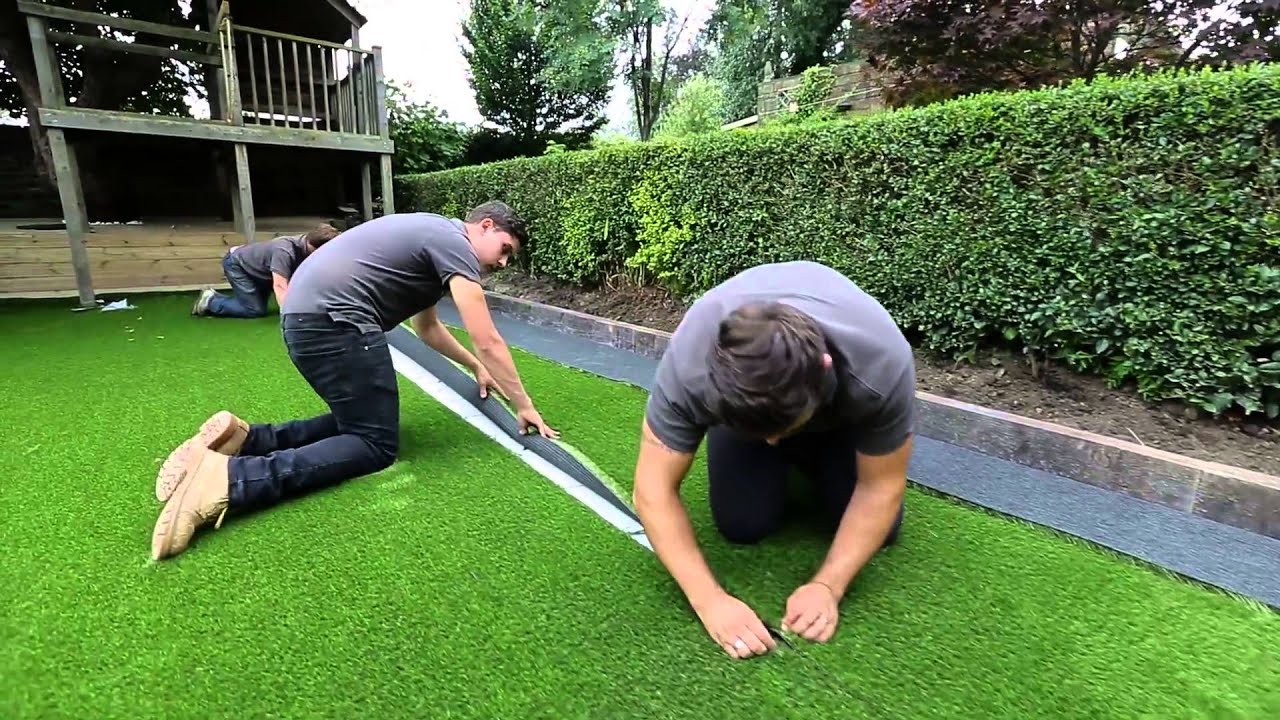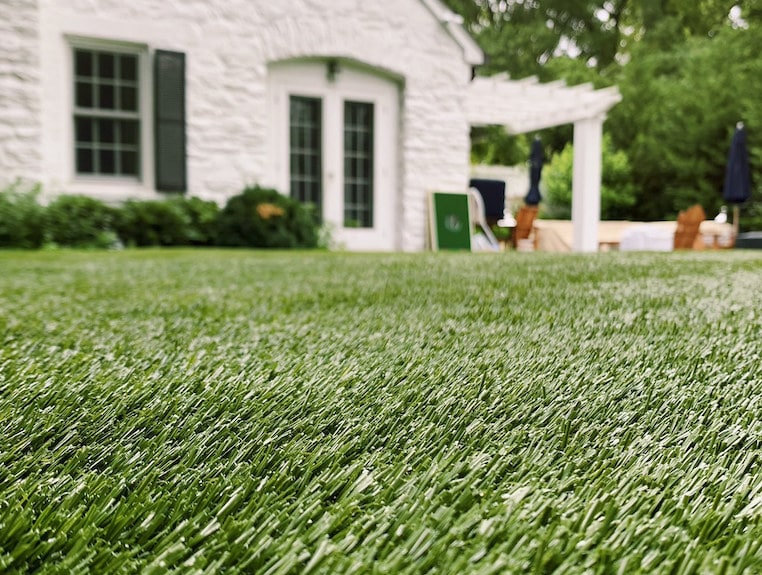Expert Arizona Turf Providers Delivering a Lifelike Lawn Option
Expert Arizona Turf Providers Delivering a Lifelike Lawn Option
Blog Article
See Why Homeowners Prefer Artificial Grass for Lasting Landscape Design Practices
As house owners increasingly prioritize sustainability in landscaping, synthetic grass has emerged as an engaging choice to typical lawn. Its capability to save water, decrease maintenance efforts, and minimize ecological influence placements it as a practical choice for those looking for environmentally friendly services. The visual charm and flexibility of artificial turf cater to varied style preferences. The implications of this change prolong beyond plain comfort and aesthetics, motivating a closer exam of exactly how these choices affect broader ecological outcomes. What continues to be to be discovered is the full extent of benefits that synthetic grass can supply to house owners and the environment alike.
Water Preservation Benefits
One of the most substantial benefits of fabricated turf is its role in water preservation. In contrast, fabricated lawn removes this demand completely, as it does not require irrigation.
In addition, the installation of man-made grass can add to a much more sustainable landscape. Property owners can considerably reduce their water bills, permitting reallocation of sources to other ecological campaigns or household usages. In addition, synthetic grass is made to endure numerous climatic conditions without the requirement for extra watering, making it an optimal option for areas facing water scarcity.
The ecological advantages extend beyond immediate water financial savings. By decreasing water usage, artificial turf aids to minimize the impacts of environment modification, preserving crucial communities that are endangered by too much water extraction. As lasting landscaping techniques obtain grip, man-made lawn becomes a liable selection for homeowners looking for to create green outside spaces.
Lowered Maintenance Efforts
Synthetic grass dramatically lowers maintenance efforts compared to traditional turf lawns. With fabricated grass, property owners can get rid of the taxing jobs connected with all-natural landscaping, such as mowing, fertilizing, and weeding. This not just saves useful time yet also decreases physical labor, making grass care easily accessible for people of any ages.
One of one of the most notable benefits is the lack of regular mowing. Standard lawns need frequent cutting to maintain a visually pleasing height, whereas fabricated lawn stays consistently lush without the requirement for reducing. In addition, homeowners no more need to use chemicals or plant foods, which are often needed to keep natural lawn healthy and balanced. This change not only lightens the workload but likewise promotes a neater, a lot more consistent look year-round.
Additionally, synthetic grass is long lasting and durable, requiring minimal maintenance past occasional cleaning and washing to eliminate debris. This ease of upkeep enables property owners to enjoy their outdoor rooms without the consistent concern of upkeep, providing even more time for leisure and family activities. Inevitably, the lowered maintenance efforts related to man-made turf make it an enticing choice for those seeking a low-maintenance, visually appealing landscape.

Environmental Effect Decrease
There is an expanding acknowledgment of the ecological advantages associated with synthetic grass, specifically in regards to water preservation and check that reduced chemical usage. Conventional grass call for significant amounts of water, especially in drought-prone regions, resulting in boosted stress on regional water sources. In comparison, synthetic grass eliminates the need for irrigation, considerably minimizing water usage and promoting sustainability.
Furthermore, conventional yard maintenance typically includes the application of herbicides, pesticides, and plant foods, which can add to dirt and water contamination. Synthetic turf mitigates this ecological threat by calling for marginal upkeep and practically eliminating the need for unsafe chemicals. This not just improves soil wellness yet additionally secures local ecosystems from poisonous overflow.
Furthermore, the production of all-natural turf yards usually involves making use of fossil gas for mowing and look what i found landscape design devices, more adding to greenhouse gas emissions. By picking fabricated grass, property owners can significantly reduce their carbon footprint linked with lawn treatment activities.
Visual Appeal and Versatility
Along with its environmental benefits, synthetic grass uses significant aesthetic appeal and adaptability for landscape design. Homeowners can attain a lush, eco-friendly look year-round, removing the seasonal fluctuations typically related to all-natural yard. This regular aesthetic not only enhances the visual charm of a residential or commercial property however likewise contributes to a properly maintained and sleek appearance.
Moreover, synthetic turf is offered in a range of appearances, designs, and shades, permitting for modification to match specific choices and style styles - Arizona turf. Whether used in residential gardens, business rooms, or entertainment locations, it can perfectly integrate into varied landscape design styles, from contemporary minimalist to lush exotic setups
The adaptability of synthetic turf extends past simple appearance; it can be mounted in numerous places, including rooftops, patio areas, and even indoor rooms, producing opportunities for unique landscape design remedies. Furthermore, it is suitable for a range of tasks, from children's play locations to pet-friendly atmospheres, offering capability without jeopardizing style.
Inevitably, the visual appeal and convenience of synthetic grass make it an eye-catching choice for homeowners looking for sustainable landscape design solutions that do not give up appeal for environmental obligation.

Long-Term Price Financial Savings
One of the most compelling advantages of synthetic grass is its capacity for lasting expense savings. Unlike all-natural lawn, which calls for routine upkeep-- including mowing, watering, fertilizing, and insect control-- synthetic grass substantially minimizes these continuous costs. Property owners can save a considerable quantity on water expenses, particularly in regions where water scarcity is a pressing concern. The removal of yard care services better adds to monetary cost savings, as there is no requirement for specialized equipment or labor.
Additionally, synthetic turf has a lifespan of 15 to 25 years, relying on its high quality and usage. This durability decreases replacement prices, making it a much more economical option over time. The first investment in man-made grass can frequently be redeemed through the cost savings accrued over time.
While the in advance price may appear greater compared to turf installment, the advancing savings from minimized upkeep and water usage commonly surpass these initial expenses. Inevitably, the adoption of man-made lawn not only promotes a lasting landscape design service however additionally offers house owners a monetarily savvy option that lines up with long-term budgeting objectives.
Verdict
Artificial grass emerges as an engaging option for sustainable see post landscaping, providing substantial benefits in water conservation, reduced maintenance initiatives, and decreased ecological influence. As communities progressively focus on ecologically pleasant practices, the fostering of fabricated turf represents a progressive action toward achieving lasting and resistant landscapes.
In addition, man-made turf is made to stand up to various weather conditions without the need for extra watering, making it an excellent selection for regions encountering water shortage. (Arizona turf)

Artificial turf arises as an engaging choice for sustainable landscape design, using considerable advantages in water preservation, lowered upkeep efforts, and lessened ecological effect.
Report this page